Why do breathing exercises in old age
Irregular and shallow breathing has a negative impact on a person’s health in general. Insufficient oxygen saturation of the blood can lead to deterioration of the functions of the brain and other vital organs. This is especially dangerous for the elderly, whose body is weakened due to age-related changes. There are exercise complexes designed to optimize the gas exchange process, which have a beneficial effect not only on the pulmonary system and bronchi, but also on overall well-being.
Why breathing exercises are useful for the elderly
Exercises are recommended under the following conditions:
- bronchial asthma, COPD or pulmonary fibrosis. Breathing exercises for the lungs and bronchi improve their functions and reduce episodes of shortness of breath;
- reduction in physical activity – can lead to deterioration of the respiratory system. Regular exercises help to increase the volume of inhaled air, strengthen the diaphragm and intercostal muscles, stimulate pulmonary circulation;
- anxiety or stress. Practicing relaxation techniques can help improve your psychological state.
Among its benefits:
- prevention of cognitive disorders due to the supply of oxygen to brain cells;
- relief from anxiety and stress;
- improvement of the condition after the COVID-19 virus. Breathing exercises for the elderly are indicated for shortness of breath after coronavirus, as they improve the function of the bronchi and lungs;
- a beneficial effect on the cardiovascular and digestive systems;
- the benefits of breathing exercises for pensioners also include improving metabolism.
- Most often, rehabilitation specialists and physiotherapists use the Strelnikova method in their practice. It has proven itself as the best means for combating protracted diseases of the bronchopulmonary system.
The following types of breathing exercises are defined:
- static: performed motionless;
- dynamic – performed during movements;
- drainage. Indicated to improve the discharge of sputum.
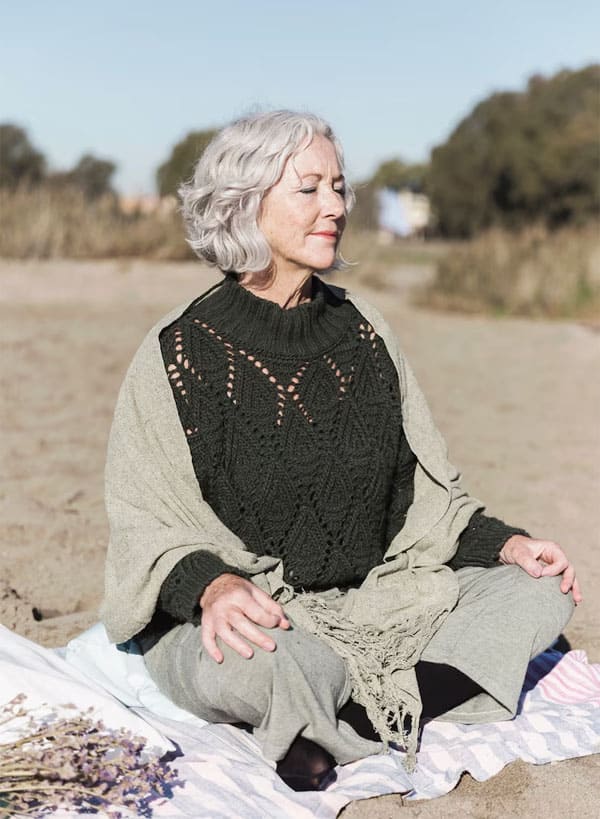
Contraindications for breathing exercises
It is not recommended to do breathing exercises in the following cases:
- hypertension;
- condition after a heart attack;
- high temperature;
- pre-infarction condition;
- cardiovascular diseases;
- acute phase of a bacterial or viral infection.
A set of breathing exercises for the elderly
If the exercises are carried out regularly, patients feel cheerful, have a surge of strength, and are physically active. Before you start doing them, you need to consult a specialist.
General recommendations:
- To get the maximum benefit, ventilate the room before starting the exercises. It is advisable to do the exercises with an open window – fresh air is more saturated with oxygen;
- It is forbidden to start the exercises immediately after eating. It is necessary to take a break of 30-60 minutes. It is best to do them on an empty stomach;
- Any pain or discomfort is a reason to stop the practice. If a person feels tired, you can rest for a few minutes;
- Inhale through the nose, exhale through the mouth. The pace is selected individually.
Exercise examples:

“Palms”. Legs straight, arms bent at the elbows, palms up. With short, rhythmic breaths through the nose (4 times), simultaneously clench your fists. Then rest for 4 seconds and repeat. Number of approaches – up to 24;
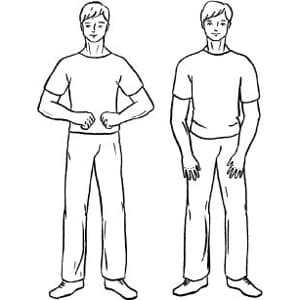
“Shoulder straps”. Stand up straight. Clench your palms into fists, press them to your stomach at waist level. Rhythmically noisily inhaling through your nose, you need to push your fists to the floor, simulating push-ups from the floor. 8 repetitions are followed by a rest of 4 seconds (up to 12 approaches);
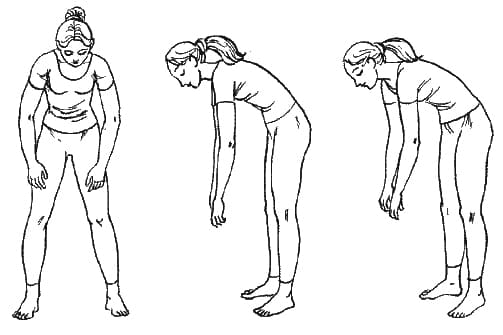
“Pump”. From a straight position, legs slightly narrower than shoulder width, arms along the body, do bends. Inhale in the second half of the movement and complete it. Then you need to rise a little and do another bend. Perform up to 12 times;
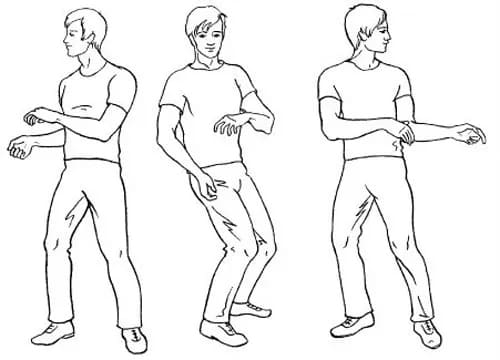
“Cat”. The back is straight, the legs are slightly narrower than the shoulders. It is necessary to sit down and turn the body to the left, while the hands make a grasping movement. A sharp inhale when turning. Repeat the same in the other direction. Perform up to 12 approaches.
For better expectoration after bronchitis or pneumonia, patients are advised to press a pillow to the stomach during coughing. After 5-7 days of such practice, the condition will improve, there will be fewer attacks.
You can improve lung function with the help of diaphragmatic breathing. From a sitting or lying position, you need to inhale air through your nose, inflating your stomach. The chest remains motionless. Exhale through the mouth, lips folded into a tube. On exhalation, the stomach is pulled in. You can slightly modify the exercise by making one big and then three short breaths. This will increase the volume of the lungs.
An exercise involving the shoulder blades will help straighten the chest muscles and improve circulation. They need to be brought together and slightly lowered. Breathe in through the nose, exhale through the mouth.
Breathing practices help elderly people restore lost functions, gain confidence in their strength, and set themselves up for a positive mood.
Group classes motivate people to be positive and everyone has the opportunity to share their successes with their peers. They do not feel lonely and recover quickly.
